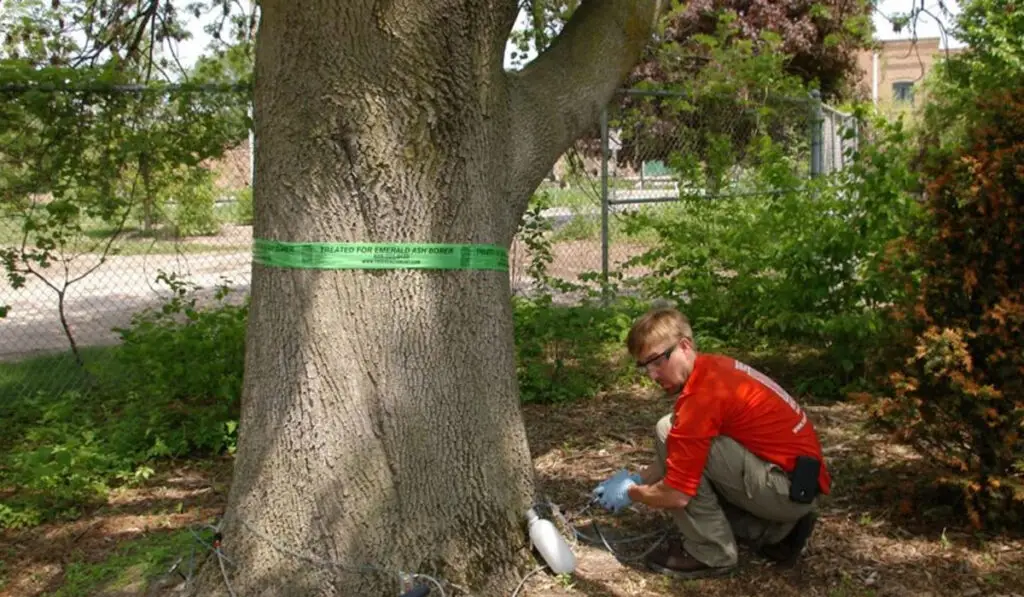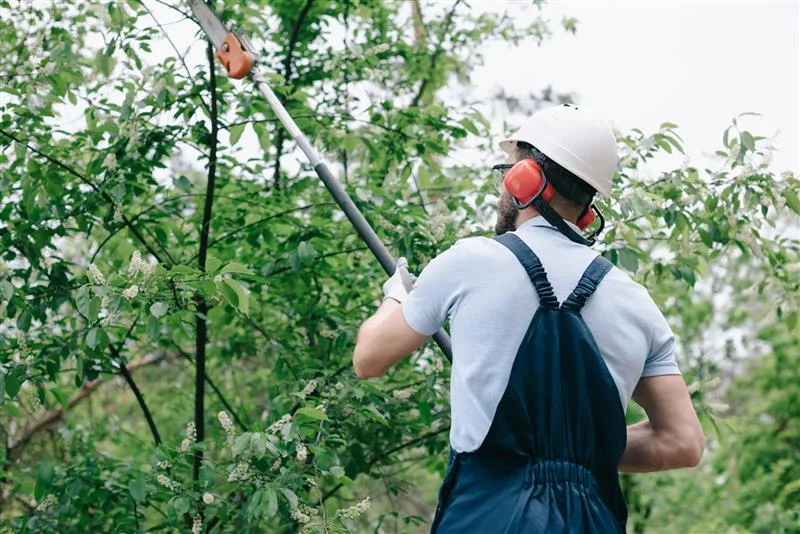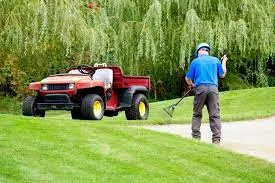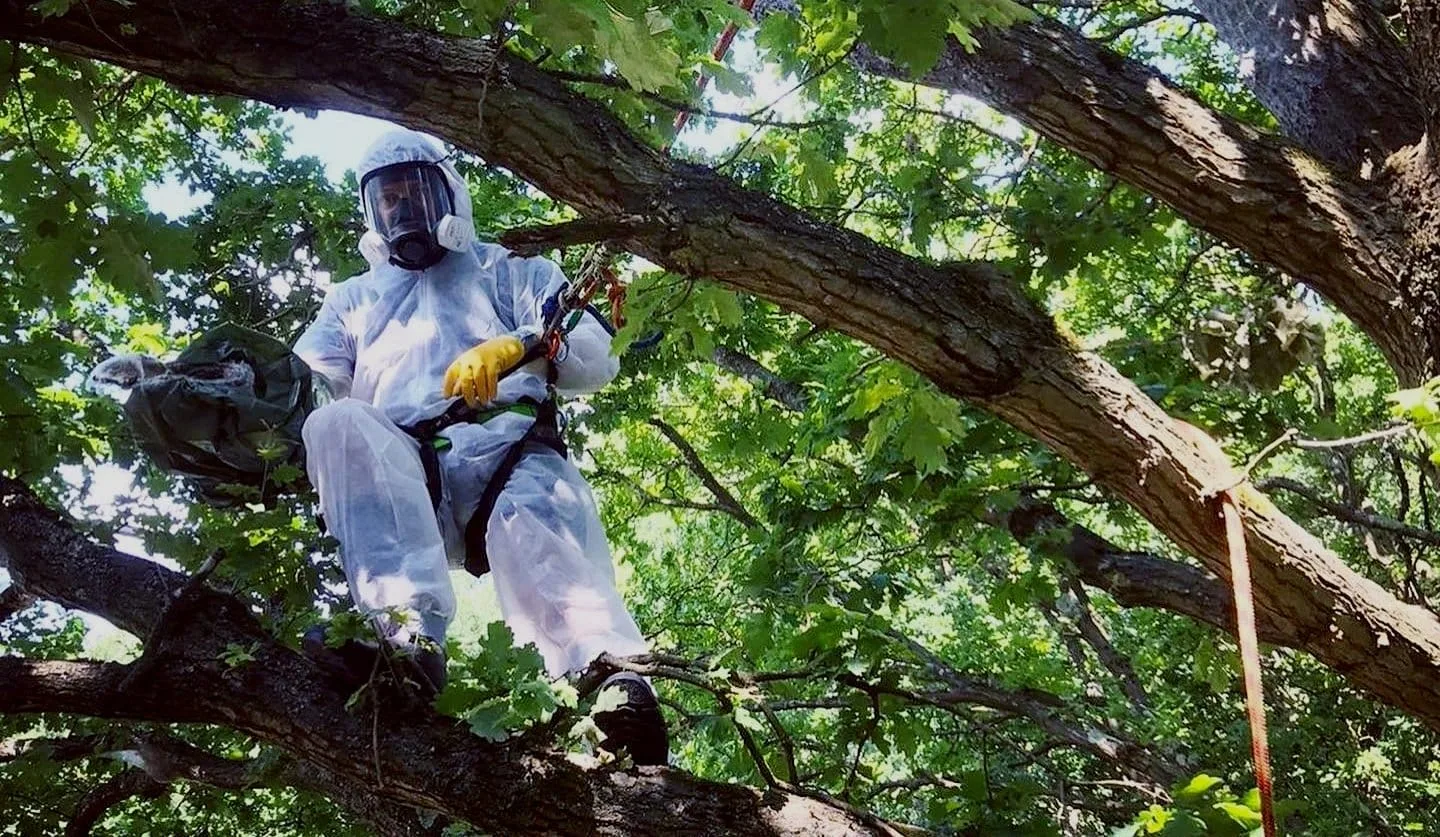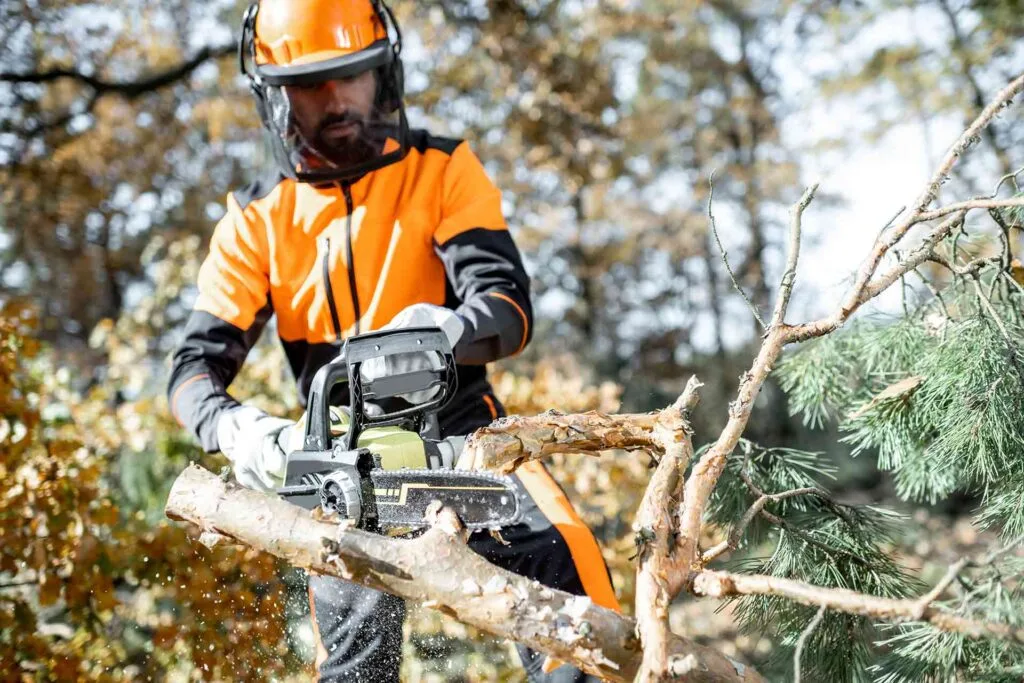Tree removal is often necessary due to safety hazards, disease, or landscape management. However, traditional methods can contribute to environmental degradation, including deforestation, soil erosion, and increased carbon emissions. Eco-friendly tree removal focuses on minimizing negative impacts while maintaining ecological balance. This guide explores sustainable approaches to tree removal and how they benefit the environment.
Understanding the Need for Tree Removal
Before removing a tree, it is essential to determine whether removal is necessary. Some common reasons for tree removal include:
- Disease and Infestation – Trees affected by pests or disease may pose a risk to surrounding vegetation.
- Structural Instability – Trees with weakened trunks or roots can become hazardous in storms.
- Interference with Infrastructure – Trees growing too close to buildings, power lines, or underground pipes may require removal.
- Land Development – Construction projects often necessitate tree removal, though sustainable alternatives should be considered.
Whenever possible, alternatives such as pruning, bracing, or transplanting should be explored before resorting to removal.
Eco-Friendly Tree Removal Methods
1. Sustainable Cutting Techniques
Using low-impact cutting methods reduces damage to the surrounding ecosystem. Sustainable techniques include:
- Directional Felling – Ensures the tree falls in a controlled manner to minimize land disturbance.
- Sectional Removal – Cutting the tree in smaller, manageable pieces to avoid damage to nearby trees and structures.
- Selective Cutting – Removing only specific trees while preserving the surrounding greenery.
2. Minimizing Heavy Machinery Use
Heavy machinery such as bulldozers and chainsaws contribute to soil compaction, erosion, and emissions. Sustainable alternatives include:
- Hand Tools – Using saws and ropes to cut down trees manually reduces carbon footprints.
- Electric or Battery-Powered Chainsaws – These are quieter and produce fewer emissions compared to gas-powered alternatives.
- Minimal Site Disturbance Practices – Keeping equipment on designated paths to avoid soil damage.
3. Recycling and Repurposing Tree Materials
Rather than discarding removed trees, eco-friendly methods involve repurposing wood and organic materials:
- Lumber & Furniture – Wood from removed trees can be repurposed into furniture, flooring, or construction materials.
- Wood Chips & Mulch – Shredding tree remnants into mulch enhances soil health and prevents erosion.
- Firewood & Biomass Energy – Responsibly using tree logs for firewood or renewable biomass energy reduces waste.
4. Protecting Local Wildlife
Trees often serve as habitats for birds, squirrels, and insects. Eco-friendly removal includes measures to safeguard wildlife:
- Tree Inspection Before Cutting – Ensuring no nests or active wildlife are present.
- Delayed Removal – Postponing tree cutting during nesting seasons.
- Relocation Programs – Transporting displaced wildlife to safe areas.
5. Soil and Root System Conservation
Preserving the surrounding soil and roots helps maintain ecosystem health after tree removal:
- Minimizing Soil Disturbance – Using techniques like air spading to remove tree roots without compacting the soil.
- Replanting Native Trees – Encouraging biodiversity by planting native species that support local ecosystems.
- Using Stump Grinding Instead of Extraction – Grinding stumps prevents unnecessary soil disturbance.
Sustainable Disposal Methods
After a tree is removed, responsible disposal prevents unnecessary waste and environmental harm:
1. Composting and Soil Enrichment
Tree remains, including leaves and small branches, can be composted to create nutrient-rich soil amendments.
2. Wood Donations and Community Projects
Wood from removed trees can be donated to:
- Local artisans for woodworking projects.
- Schools for educational and environmental initiatives.
- Community gardens for sustainable landscaping.
3. Urban Tree Recycling Programs
Many cities offer recycling programs for wood waste. Contacting local environmental organizations can help identify sustainable disposal options.
Replanting and Restoration Efforts
Sustainable tree removal should always be followed by reforestation or habitat restoration efforts:
- Planting Two Trees for Every One Removed – Compensating for tree loss by increasing tree cover.
- Selecting Native and Resilient Species – Ensuring newly planted trees thrive in local conditions.
- Involving Communities in Reforestation Projects – Encouraging participation in tree-planting initiatives.
The Role of Certified Arborists in Eco-Friendly Tree Removal
Hiring a certified arborist ensures that tree removal is conducted responsibly. Arborists:
- Assess whether tree removal is necessary.
- Utilize low-impact techniques.
- Provide recommendations for replanting and restoration.
Look for professionals certified by organizations such as the International Society of Arboriculture (ISA) or Tree Care Industry Association (TCIA) to guarantee environmentally conscious tree care.
Legislation and Regulations on Tree Removal
Many regions have environmental laws governing tree removal. Eco-conscious practices align with legal standards by:
- Obtaining Necessary Permits – Avoiding illegal deforestation.
- Complying with Local Conservation Policies – Protecting endangered tree species.
- Partnering with Environmental Organizations – Supporting community efforts in sustainable land management.
Conclusion
Eco-friendly tree removal prioritizes environmental preservation while ensuring safety and land management. By using sustainable techniques, repurposing tree materials, protecting wildlife, and replanting, individuals and businesses can minimize ecological harm. Hiring certified professionals and following ethical disposal practices further contribute to a greener future. Before removing a tree, always explore eco-friendly alternatives to promote sustainability.

